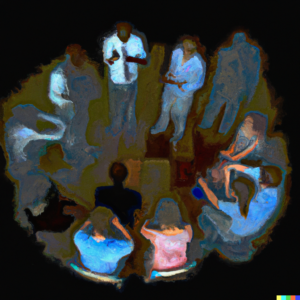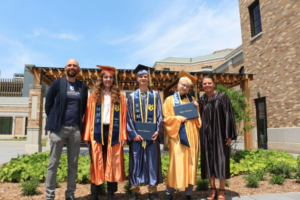What Stuck? Key EdReformer Question
What Stuck? What faded? As an EdReformer, it’s interesting to think about the investment of time and money with a little hindsight.
Seven years ago, Caprice Young chaired the LAUSD board. She went on to run the California charter association and is now CEO of KCDL, a leading virtual education provider. About her work as a board member in LA, Caprice observed that :
- · Buildings and charters stuck,
- · Reading and arts programs didn’t.
When Caprice was elected, LA was about 200,000 seats short. The board she chaired initiated one of the largest building projects in the world—a $19 billion ten year effort. Those buildings, for good or bad, will mark the LA landscape for a generation to come.
LA has more charter schools than any urban center, another revolution kicked into high gear while Caprice served on the board.
New schools are a sticky reform. I had the chance to play a small role in starting 1200 new schools—nearly all are alive and doing better than the schools they replaced or drew students from. New schools create a constituency, they get a budget code, they lay claim to space—all making it more difficult to eliminate than other school district projects. Charters are particularly sticky because they operate under a performance contract.
Caprice lamented the demise of the district-wide reading and arts program. In the decentralized American system, it takes a certain amount of political capital to mandate curriculum around a large system. The gravity of the system is always pulling against centralized decision making. Leadership changes and budget pressures destroy the best laid plans.
District and state policies make decisions stickier (for good and bad). To retain some level of control over instructional materials, the California state board created a statewide instructional materials adoption policy and a line item budget to go with it.
Employment contracts are sticky. With federal pressure to renegotiate contracts to improve evaluation and effectiveness, we’ll see just how sticky they are.
With $8 billion in federal grants heading for states and districts, it’s an opportune time to think about investments likely to yield a long term return. Take school improvement as a prime example; most districts will conduct something called a ‘transformation’ that really isn’t—some staffing and curriculum changes, but nothing robust or sticky. Most won’t work very well. On the other hand, there will be a few ‘restarts’—new schools will replace faileding school. These interventions are far more likely to work and to stick.
One of the reasons that I’m such a big fan of charter management organizations is that they are systems designed from scratch to be effective and sticky. They are often less reliant on heroic leadership that districts and frequently less susceptible to revolving door leadership.
I worry about the stickiness of teacher effectiveness efforts that don’t result in new preparation pipelines, employment bargains and new schools. They could end up like the arts in LA—a memory.






0 Comments
Leave a Comment
Your email address will not be published. All fields are required.